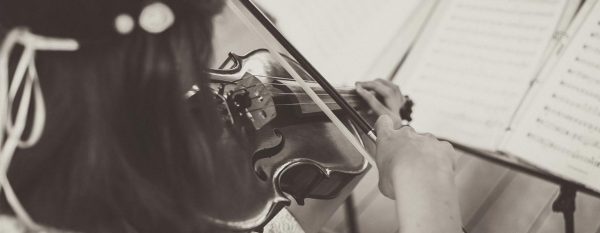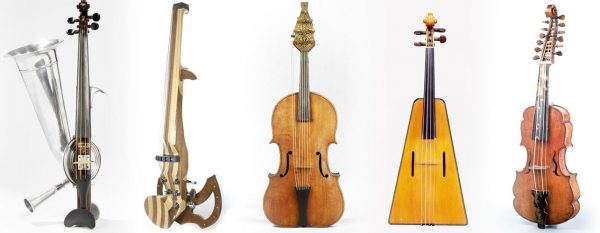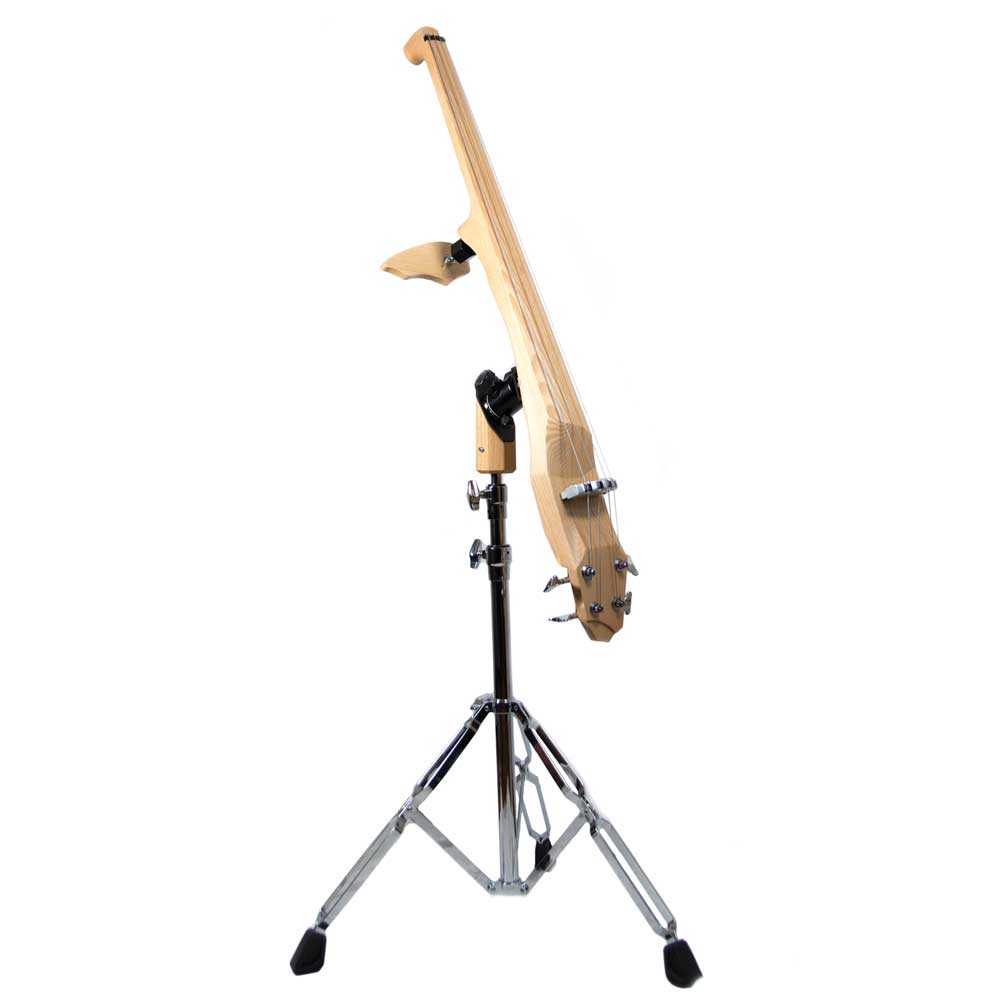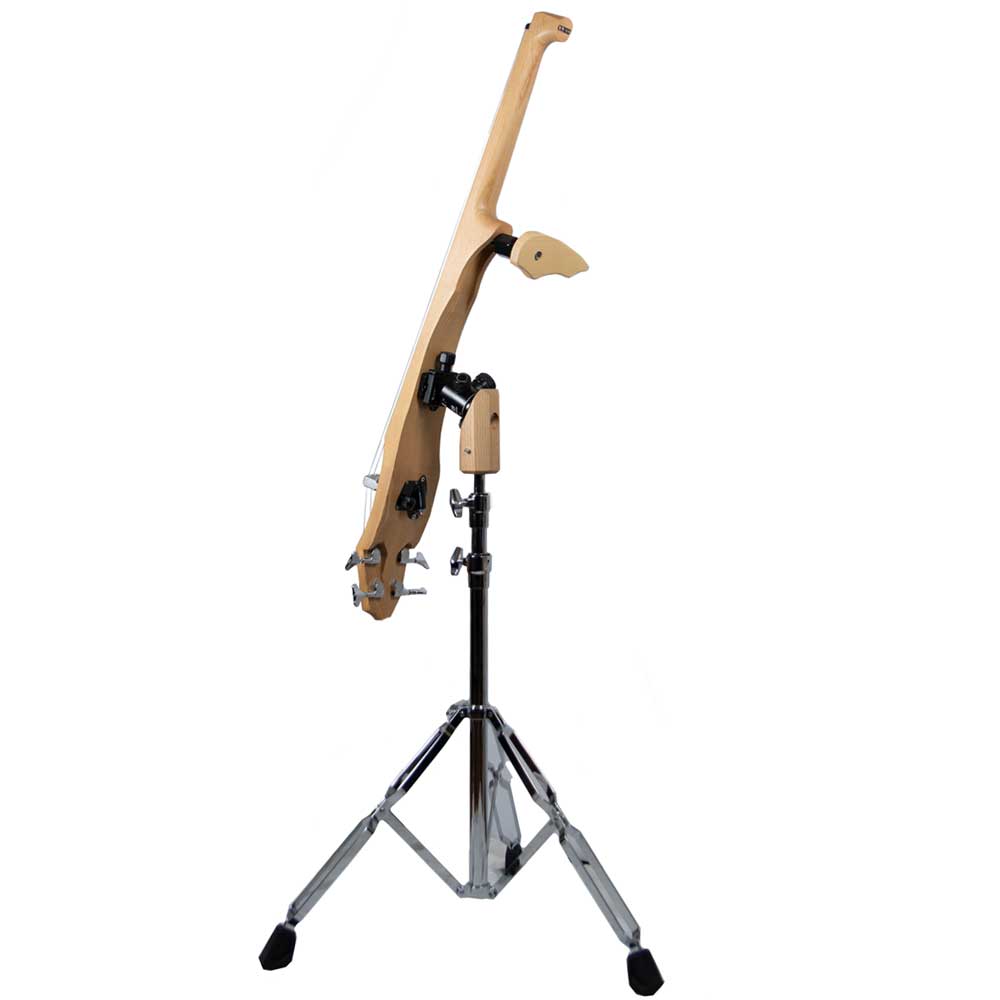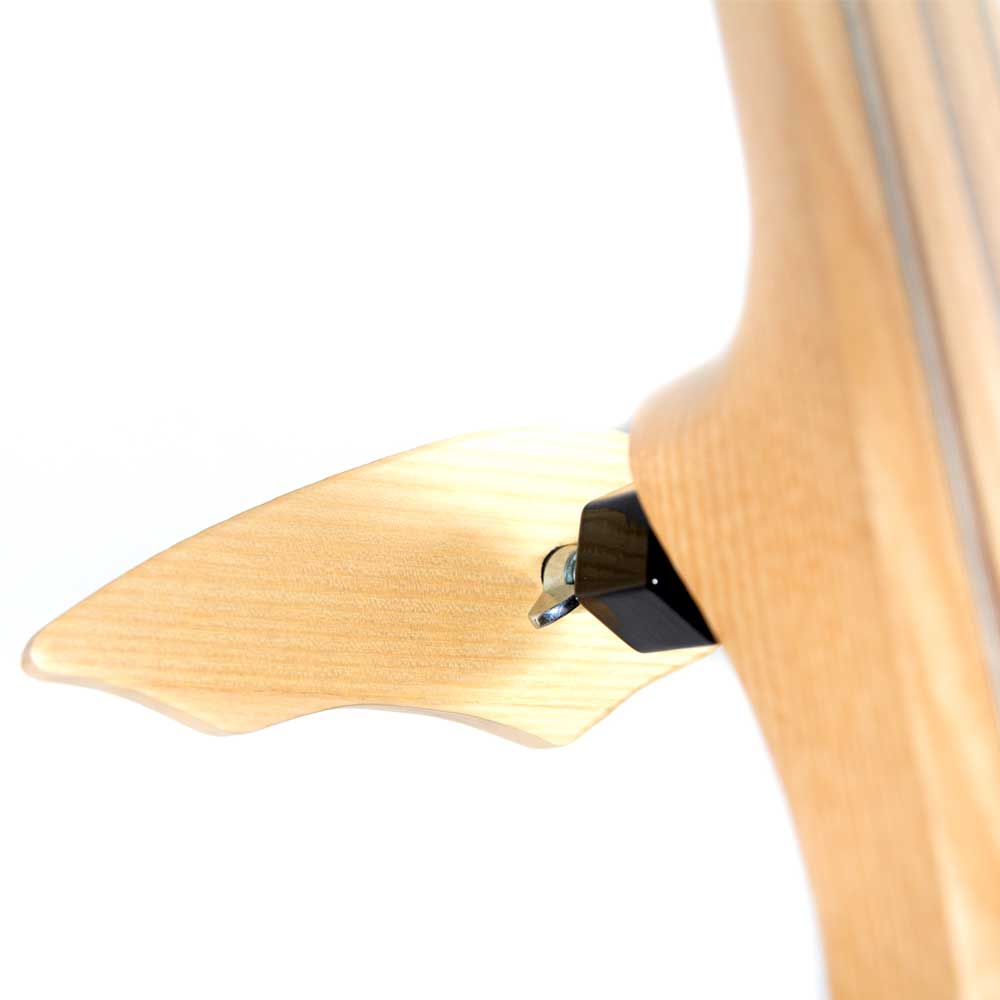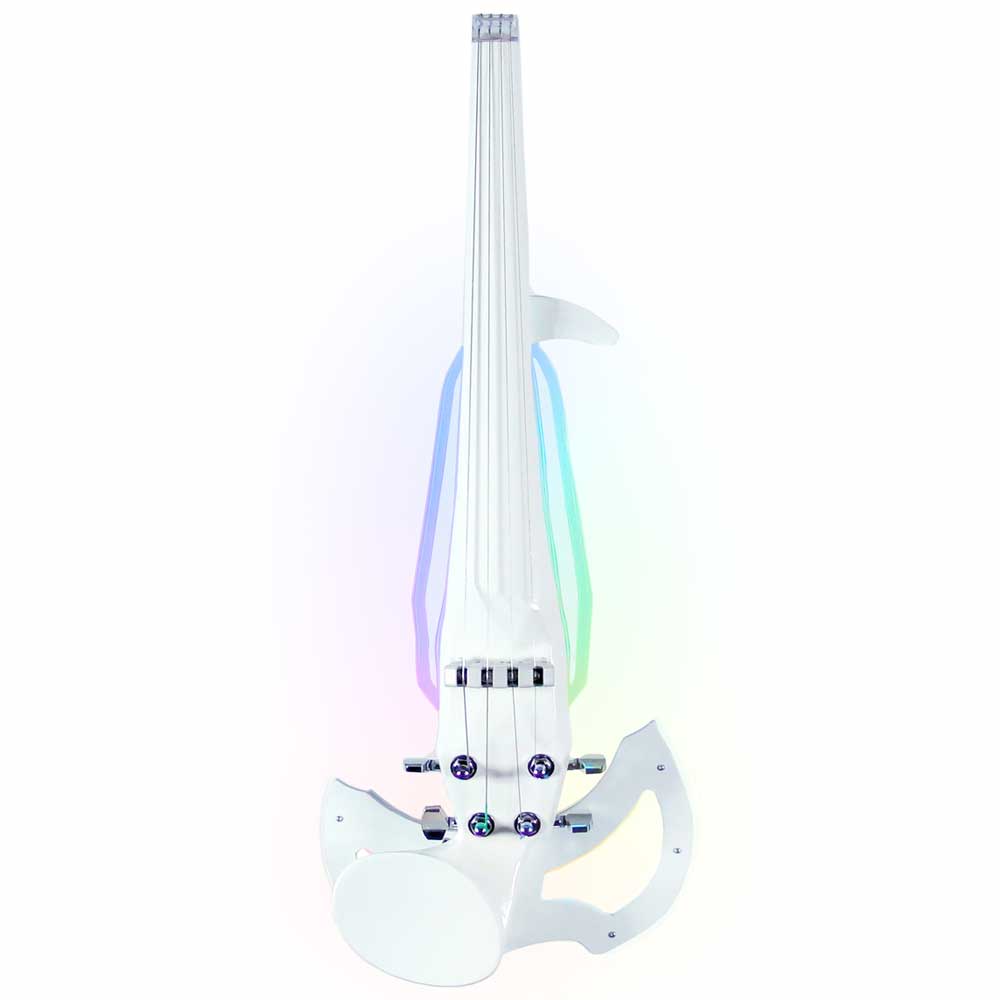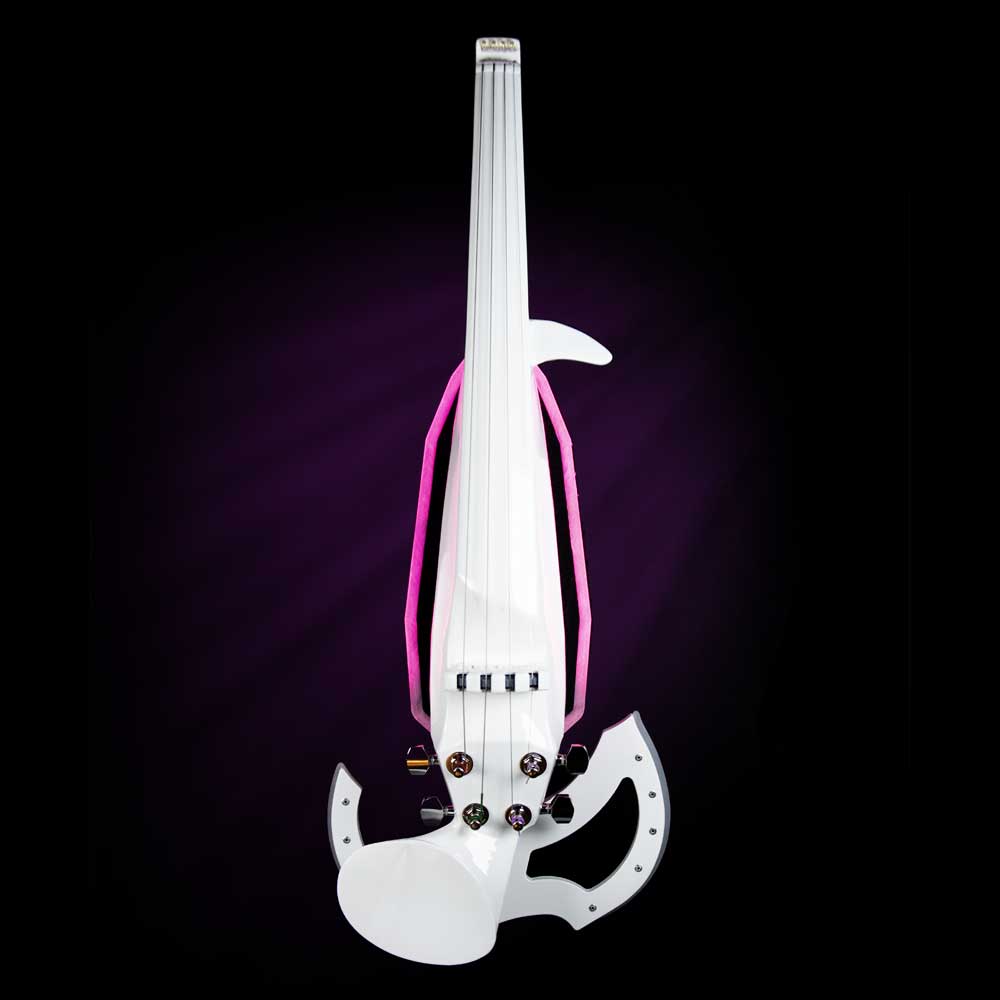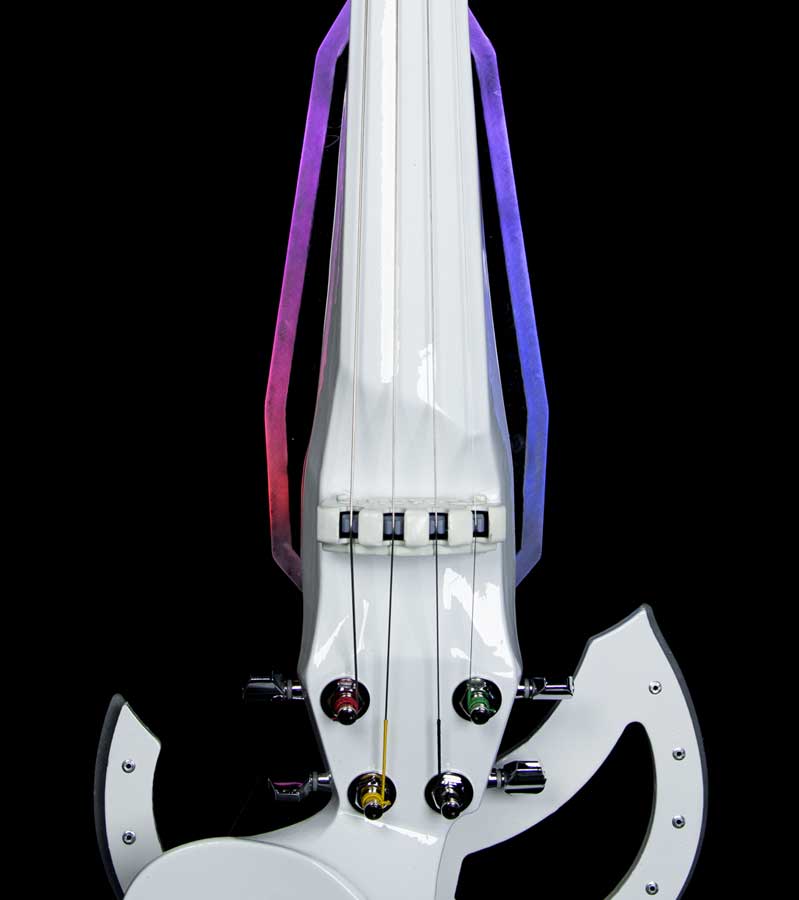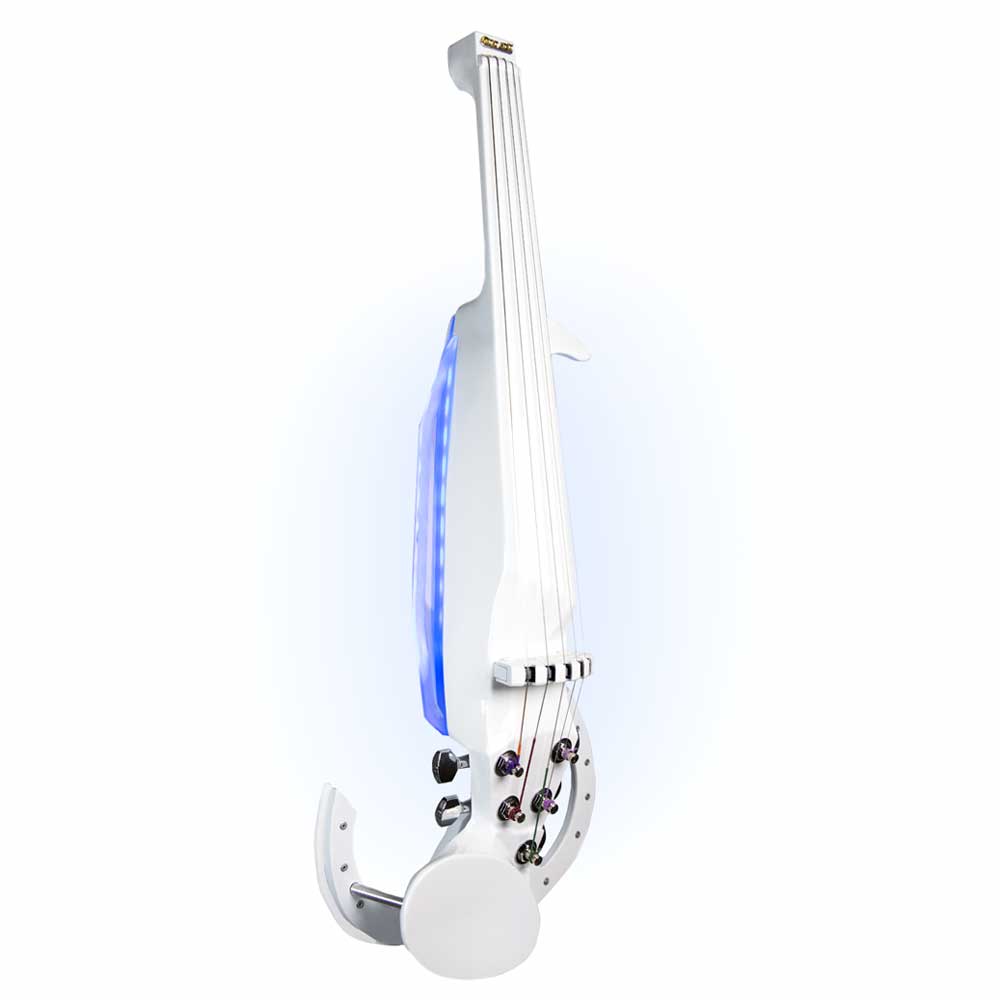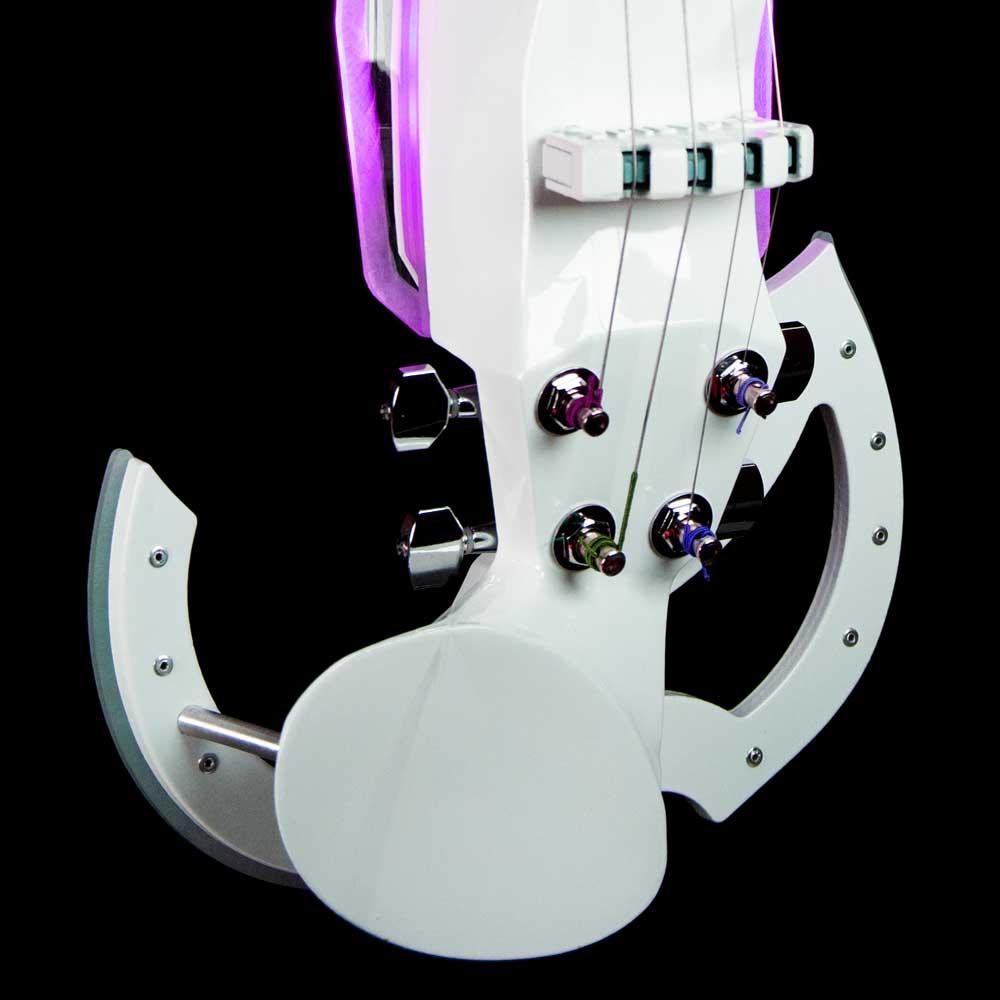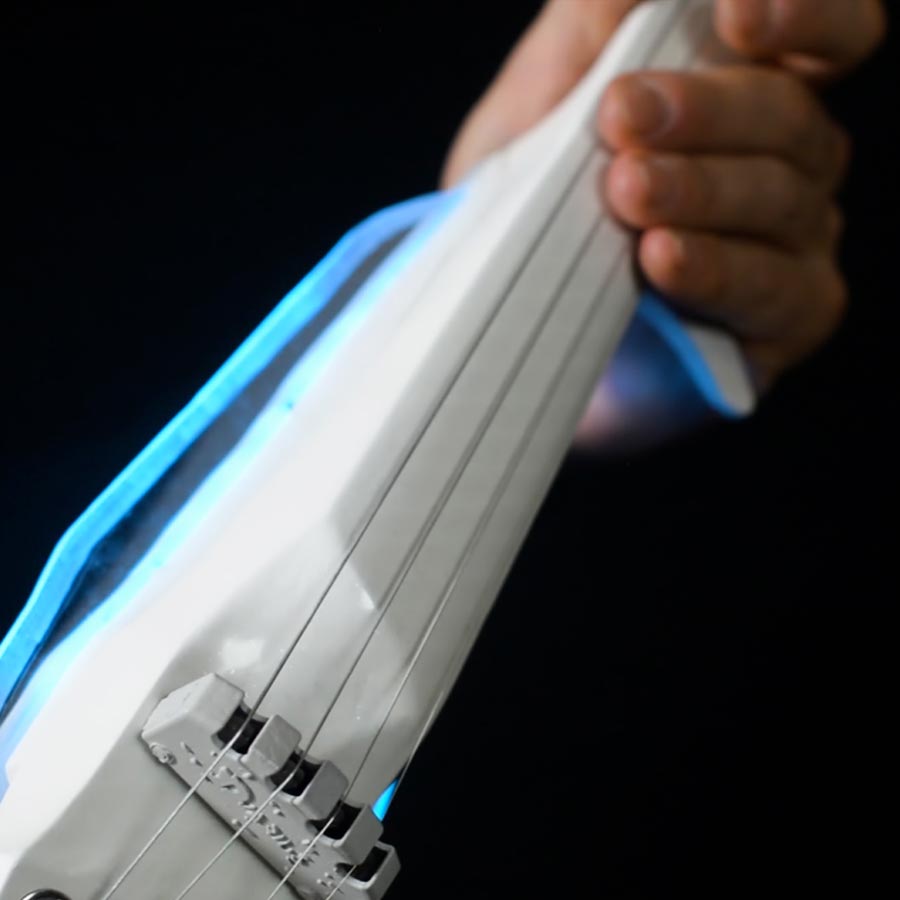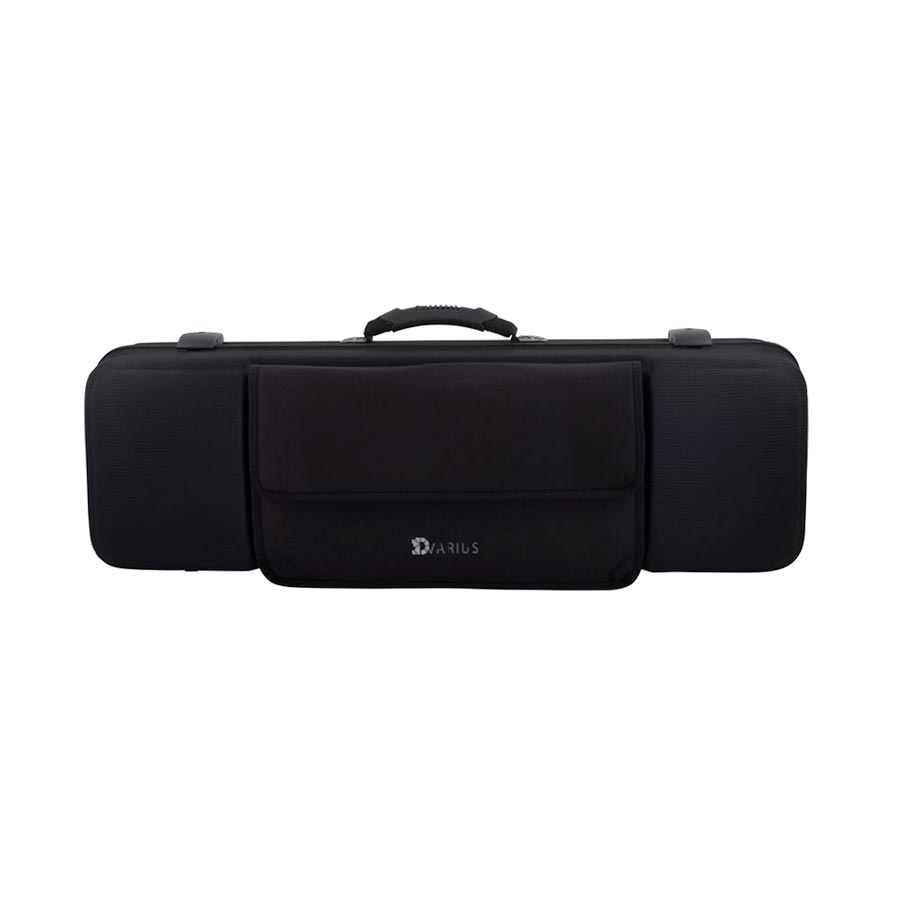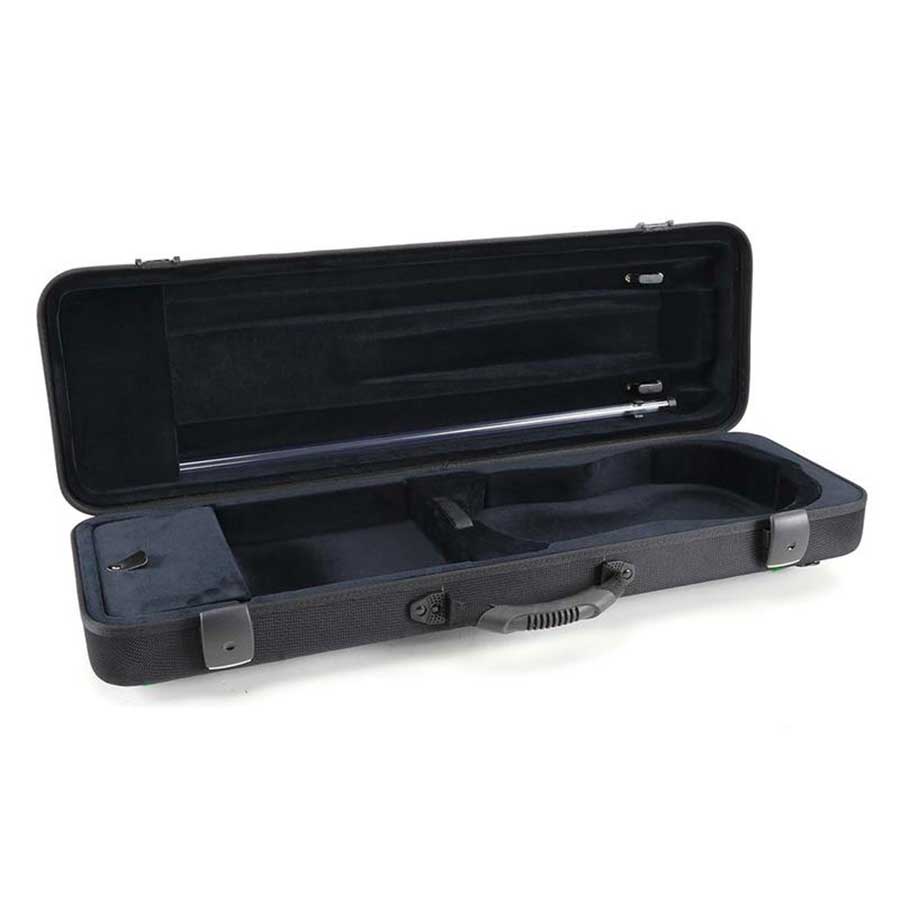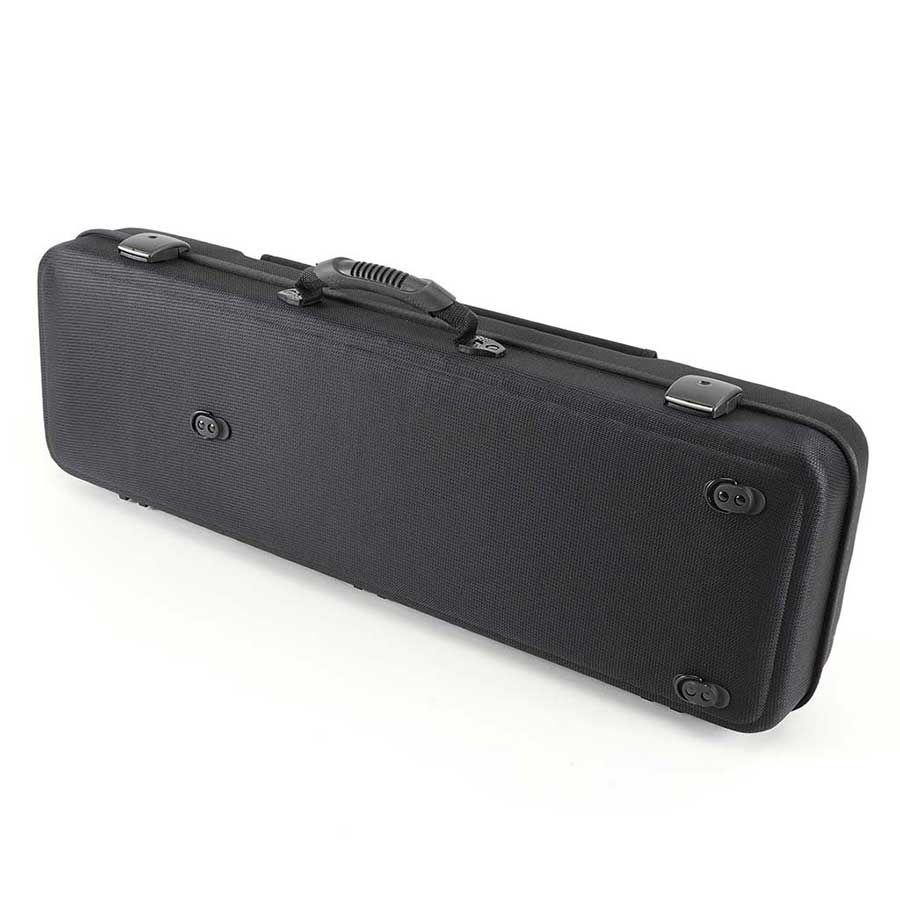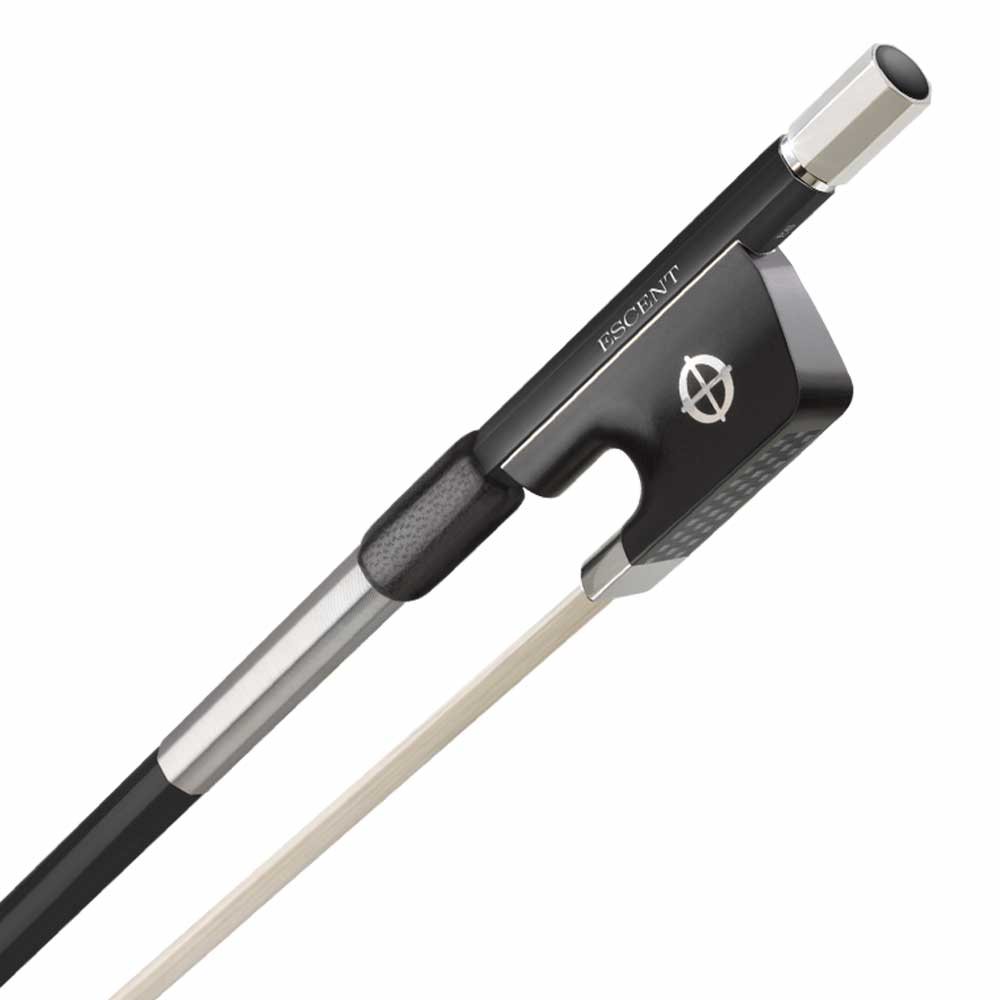If you are a musician since your earliest childhood, A might sound pretty familiar to your ear!! This beautiful music note helps instrumentalists tune up their musical instrument.
And if you are not a musician, but have already attended some classical music concerts, you might have heard this “hubbub” – which is actually not a hubbub – preceding the beginning of a concert. This solemn moment during which all musicians tune up to A informs the audience that the concert is about to start.
Let’s relive this moment aurally!
But how did A become the norm for tuning up instruments?
We are generally talking about A, but to be more specific, we actually have to speak of A4. It is one of the open strings you can usually find on violins and violas. In the previous video, we can hear an orchestra tuning up before a concert; please note that A4 serves not only the orchestras but also any other musical ensemble, whatever the style and/or the instrument. This is generally the standard pitch played by most of the tuning forks, when tuning up a musical instrument.
This is all about frequencies
Although today A4 has a frequency of 440Hz (which means 440 cycles per second), it has not always been the case.
Prior to the standardization of 1953, the frequency of A4 varied according to the country, the orchestra and the composer. A4 was adapted to the country’s habits and the conditions of the show. Actually, the sound emitted by a musical instrument depends on the outside environment, especially the ambient temperature. If you are a musician, you know for sure that the sound of your instrument varies with changes in temperature and humidity. Before 1953, and although there was no standard rule, we used to tune instruments to the reference pitch played by another instrument, known for not going out of tune, and for being less influenced by exterior conditions, such as wind instruments (flutes, trumpets, etc.)
For example, in France, A4 was set up as follows: 435Hz, at a temperature of 18 degrees.
So many different A4 frequencies did not facilitate musicians’ task at all. They had a lot of troubles adapting themselves to each country and often needed time to tune up their instruments. There was a real need for standardization…
The London International Conference of 1953 enabled to set up the A4 tuning reference to the frequency of 440Hz. This A4 = 440Hz is now the worldwide standard pitch for all orchestras.
One exception though: orchestras specializing in ancient music
However, when it comes to orchestras specializing in ancient music, A4 is not the general tuning reference. These orchestras stick to the old playing conditions, using the A4 tuning reference corresponding to the music that is being played. Indeed, according to the specific features of the music, an orchestra specializing in ancient music will use different A4 tuning references. For example, we use:
- 466Hz for Renaissance music,
- 440Hz for Venetian baroque,
- 415Hz for German baroque,
- 392Hz for French baroque, etc.
We can tune to those A4 tuning references by using period instruments that are not going out of tune.
History shows us that A4 has evolved significantly, with a frequency that never stopped growing to reach 440 Hz. It is commonly said that this increase is due to a theory proving that the higher an instrument is being tuned up to, the better it sounds.
It is quite easy to understand the difference between the several A4 pitches; this video, which features 3 extracts of music pieces that are varying between 432 Hz, 440 Hz, and 448 Hz frequencies, is a good example of it. Feel free to choose the frequency which sounds the more musical to you!
Sources & pics: Wikipedia, Unsplash – Larisa Birta, Samuel Sianipar

